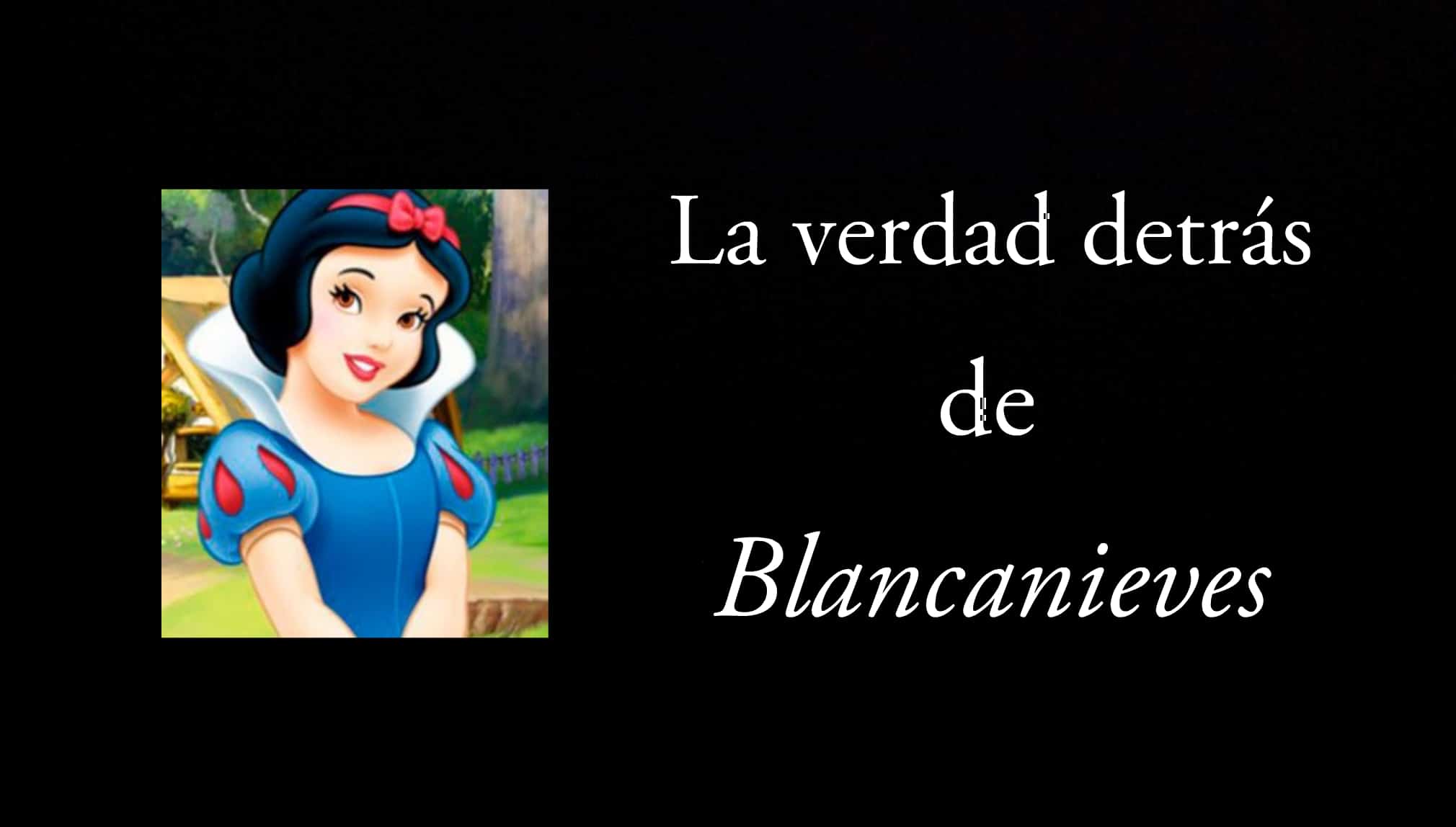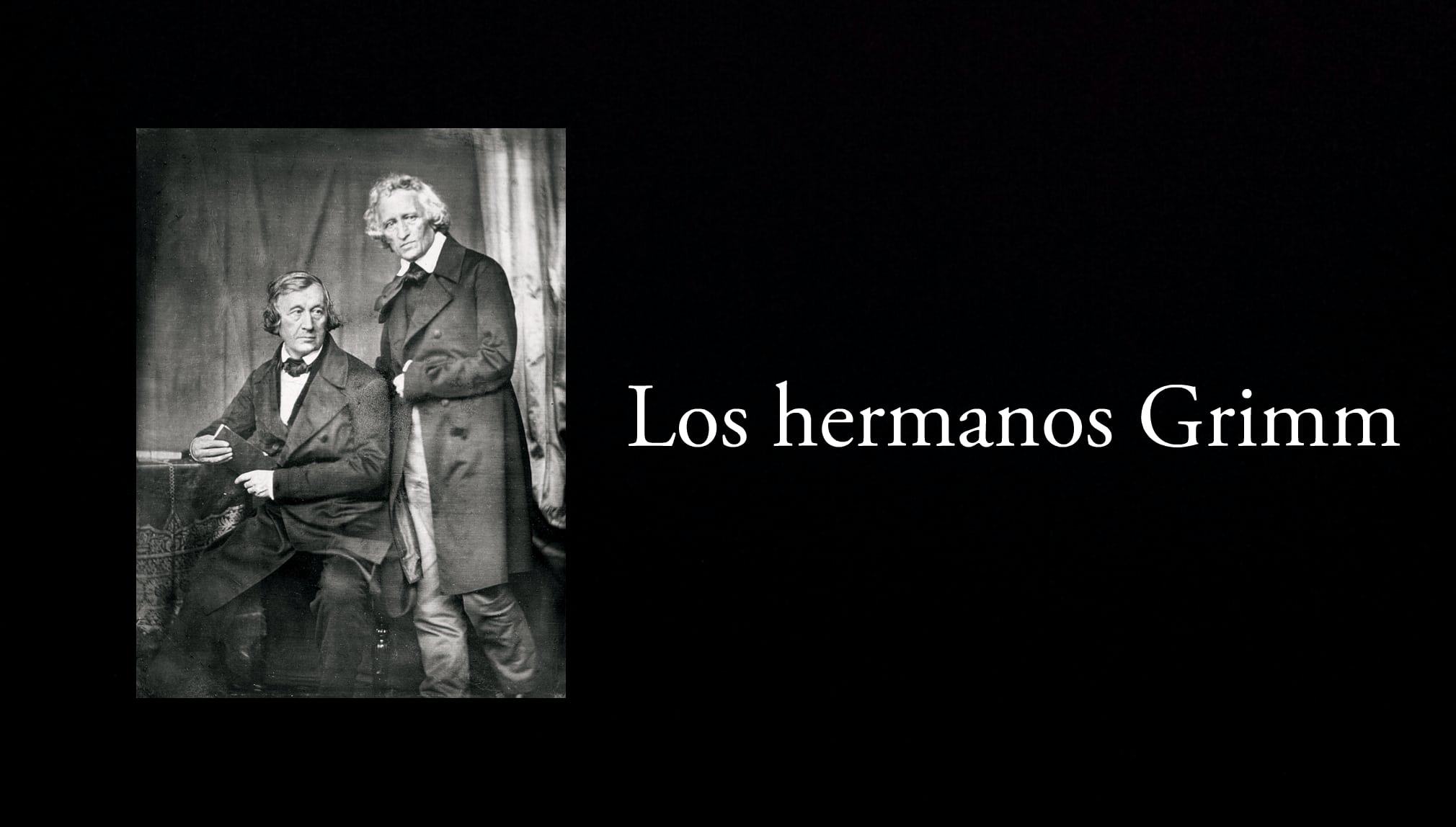
The truth behind Snow White.
Disney began its history of animated feature films with Snow White, a story that, in the film, is full of songs, joys and little anguish. While this well-known story is attributed to the Brothers Grimm, some say the legend is much older.
Everyone knows the story, a beautiful girl who is hated by her stepmother, she poisons her and a prince charming rescues her and they are happily ever after. Although the general points like the mirror, the poison apple and the crystal coffin are always present, there are details that Disney does not count.
Specific differences between the versions
Assassination attempts
Stepmother tries to kill Snow White 3 times: first with a neck strap, with which he tries to hang her; then with a poisoned comb, with which it cannot penetrate the skull; and finally the poisoned apple.
The clumsy prince
The prince does rescue the princess, but not from a kiss, awkwardly wants to see the beautiful dead, and stumbles knocking over the urn. With the blow, Snow White spits out the poisoned apple.
The end of the stepmother
However, the creepiest difference is the end of the villainous stepmomIn the original version of this German tale the Prince becomes King by marrying Snow White, they decide to tour the nearby kingdoms to celebrate.
Upon reaching the palace of the evil stepmother, who is shocked by the presence of this new queen, Snow White and her King decide to punish her for her assassination attempts. So They put red-hot iron shoes on the bad woman with which she must dance until she dies.
Famous references
Behind this tale there is a fairly obvious inspiration in two famous aristocrats:
- Countess Margaretha von Waldeck, who was born in 1533.
- Baroness Maria Sophia Margaretha Catharina von Erthal, 1725.
Firstly, Both figures have in common busy parents who were not present to care for them and mothers who died shortly after giving birth, leaving them in the hands of unloving stepmothers, to say the least.
Margaretha von Waldeck
The story of Countess Margaretha has some curious elements that connect her to the tale. This countess was raised by a very strict stepmother who dedicated her to traveling from court to court until she reached Brussels. It is said that here he had an affair with the King of Spain, Felipe II, which caused Margaretha to be poisoned by members of the court.
Eckhard Sander, historian, and the family's chronicler, Waldeck Erthal, MB Kittel say that the seven dwarfs in the story would refer to the children of the area, who worked from an early age in the mines. Malnutrition did not allow them to grow, and the work uniforms, including a hat, are assimilated to the clothes that are usually assumed to the 7 dwarfs of Snow White.
The countess was extremely loving and kind to these children., they say that she came to play with them, sing to them and dedicate some hours of her day to day. Certainly in Snow White, as in many others Grimm brothers' stories, there were notable influences from actual events.
Maria Sophia Margaretha Catharina von Erthal
As for Baroness Maria Sophia, the similarities are greater. The location of his castle and its surroundings are very similar to the descriptions the Brothers Grimm use in their tale.
To this the mirror that Maria Sophia's stepmother possessed is added to it. It was a gift from the girl's father. This one had been imported especially from Spain, since, for the time, they were the most famous mirrors due to the quality of their materials and the delicate work that was given to them.
The huge mirror measures 1,60 meters, it is currently exhibited in the Spessart Museum, and it has an aphorism that said "Amour Propre." Due to the phrase and the clarity of its reflection, it was said to be a "talking mirror."

The Brothers Grimm.
Although Maria Sophia was not poisoned, the forest surrounding her castle was filled with Belladonna, a fruit that contains Belladonna atropa. This substance is a kind of narcotic that creates a general paralysis much like that of death.
The glass casket and the iron shoes are other points that historians use to connect Snow White with the Lohr region, where the baroness was born. For the time, Lohr had a rich reserve of minerals, and these "accessories" were the representation of the ease with which they had access to them.
Snow White, a very real story
If we put together the stories of these two aristocrats and the similarities of their lives with Snow White we can realize that the story is not as fanciful as it seems. As you may have read, the tragic end of the stepmother and the grimm brothers' grim story about assassination attempts have nothing to do with the 7 cute dwarves and the cute little animals that accompany the Disney Princess.